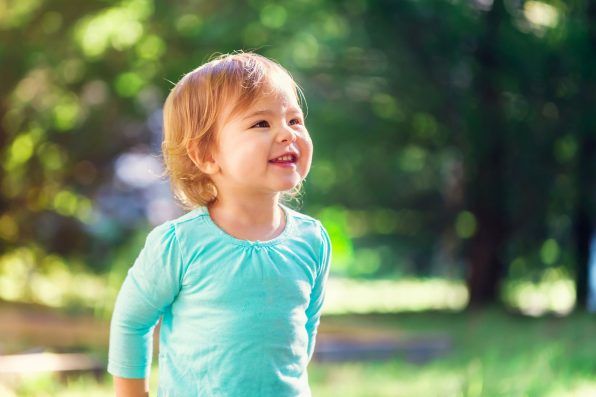By Age 2, Girls Already Play Outside Less Than Boys, Which May Impact Both Physical And Mental Health

In Britain, the first national survey of play in preschool-aged children was recently conducted. It found that girls play outside less than boys by the age of 2.
Researchers from the University of Exeter and the University of Cambridge surveyed the parents of children between the ages of two and four living in England, Scotland, and Wales.
They noticed differences in the time that boys and girls spent in nature, which could affect the health of girls later on since girls are less physically active than boys and are more likely to struggle with their mental health as they get older.
“Playing in nature has important physical and mental health benefits for all children. When children play outdoors in nature, they’re more likely to be active, to play in an adventurous way like climbing trees, and to connect with and learn about nature,” said Helen Dodd, a co-leader of the study and a professor of child psychology at the University of Exeter.
If children have not had enough opportunity to play adventurously, they may have problems with learning how to manage feelings of anxiety and uncertainty.
If they’ve had plenty of opportunities to learn about these emotions through play, they may respond better to challenges, such as starting school for the first time.
The researchers were surprised by the findings. By age two, girls were already playing outdoors in nature less than boys. They hadn’t thought they would see such a pattern so early on in the children’s development.
“Older children tend to be socialized to particular gender roles, and girls may then spend less time playing outside in nature,” said Dr. Kathryn Hesketh, a co-leader of the study and a postdoctoral fellow from the MRC Epidemiology Unit at the University of Cambridge.
“We didn’t expect to see this pattern as early as age two, and given the link between playing outdoors and physical activity, girls may already be at a disadvantage very early in life.”

Tierney – stock.adobe.com – illustrative purposes only, not the actual person
In addition, preschool-aged children in an ethnic minority group played outside less overall than kids described as white. Children living in rural areas also spent more time playing than those in urban areas.
The results of the study have led the research team to launch a play improvement program for schools to see if it would benefit children’s mental health.
The program was implemented in eight primary schools across the United Kingdom. A special mentor was assigned to each school to introduce more stimulating and risk-taking play in a safe environment.
Some teachers have already reported seeing improvements in the children. According to Ruth Noall, the head teacher at Peasedown St. John Primary School in Somerset, “the positive impact was instant.”
Before the program was introduced, the children didn’t seem to know what to do when it was time to play.
“There were large games of chase or lots of standing around. Children’s behavior, as a result, was often poor after playtimes, and we spent a lot of time dealing with the fallout,” said Noall.
“Now, we have zones with different types of play and children gravitate towards the zone which best suits and interests them.”
The study was published in the Journal of Physical Activity and Health.
Sign up for Chip Chick’s newsletter and get stories like this delivered to your inbox.
More About:News





